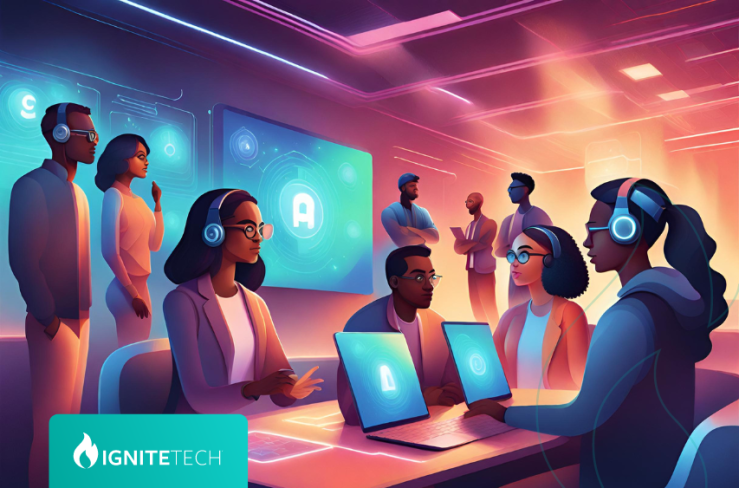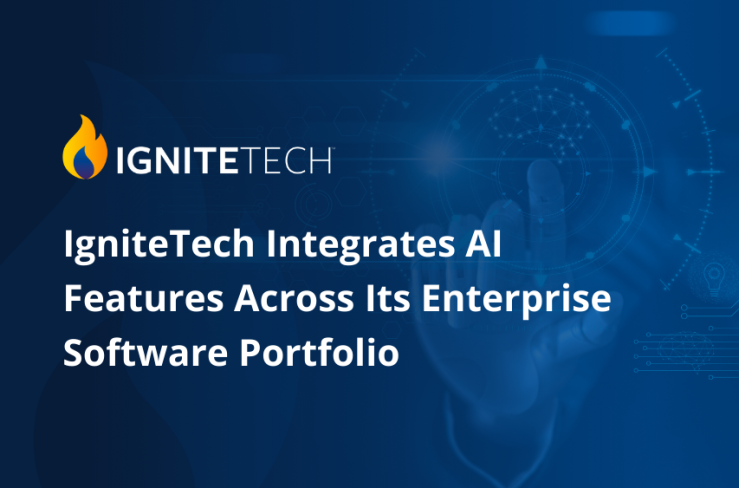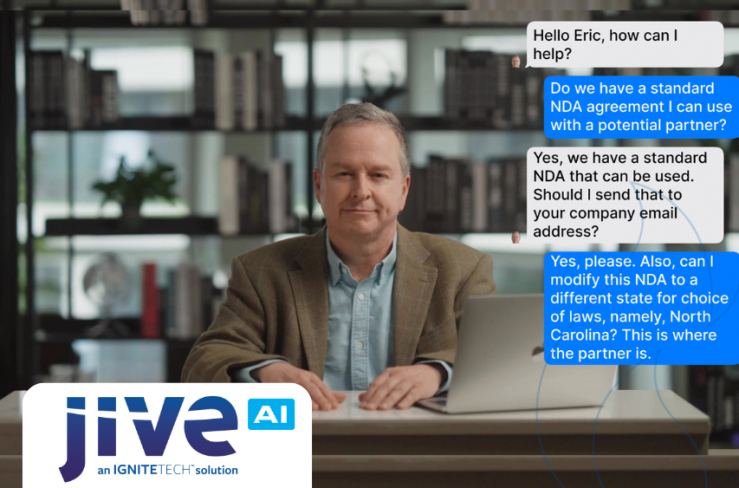Businesses are riddled with both obvious and hidden costs, especially in the manufacturing industry. Employee salaries, infrastructure and materials all represent known expenses that can be relatively easy to account for. However, less concrete costs associated with required activities such as machine setup, power consumption and quality assurance audits can eat away at revenue and negatively impact the bottom line.
For that reason, activity-based costing (ABC) has been a major boon to manufacturers, providing deep insight into all of the various cost drivers affecting their profit margins. Most ABC models can be broken down into two categories: time-based and driver-rate-based. There’s been a lot of debate regarding which approach is more accurate and provides clearer insight into ongoing operational costs.
Comparing the two side-by-side, it becomes clear that time-driven ABC winds up on top. If you haven’t already made the switch to a time-driven ABC model, here’s why you shouldn’t wait any longer to do so.
Defining Time-Driven and Driver-Rate-Based ABC Solutions
Regardless which type of ABC solution a company selects, the end goal will be the same: to identify inefficiencies and unnecessary expenses throughout the production process and find opportunities to shrink those costs.
The primary focus of any ABC strategy is to find tasks and activities that increase the cost of production without directly contributing to it. Conventional driver-rate-based ABC tools have historically seen resistance given the amount of time needed not only to get them up and running, but to gather relevant data from employees. Traditional ABC systems required staff members to self-report how much time they spent on various tasks to feed them usable data. Ironically, the very tools intended to sniff out time-consuming processes became viewed as requiring laborious, drawn-out tasks themselves.
Moreover, there was no way to verify the accuracy of any reported time requirements, especially when staff members had a vested interest in padding those figures as much as possible.
Time-driven ABC arose as a response to these concerns, aiming to eliminate the need for employee reporting while still providing critical insight into operational expenditures.
Here’s how it works
First, company stakeholders identify the specific department or process they want to analyze and isolate the total operating costs for that particular team or workflow. Now, this is where time-driven and driver-rate-based ABC methods diverge.
Driver-rate-based ABC uses employee surveys to determine what percentage of the workday is devoted to a given task and multiplies that figure by the total production cost.
Time-driven ABC takes a more diligent approach, calculating available man hours to determine a practical working capacity. From there, analysts calculate the capacity cost rate, capacity consumption estimates and the final time-driven cost-driver rates.
The end result is a significantly more accurate analysis that accounts for more variables than the traditional model.
Time-Driven ABC Provides Nuance, Accuracy
The simplicity of drive-rate-based ABC methods may seem attractive, but it detracts from the effectiveness of such approaches. There are so many factors that can have a significant impact on product cost, and traditional models simply do not take them into account to the same degree as time-driven ABC.
Meanwhile, time-driven ABC solutions are sophisticated enough to review the many nuances that might affect product cost and work them into their final determinations. Company stakeholders can then receive more accurate insight into the financial ramifications of specific workflows, activities and internal teams.
Another important point in time-driven ABC’s favor is the elimination of activity dictionaries. In a traditional setup, a description of all cost drivers is compiled within an activity dictionary. The system cannot function without these resources. However, over time they can become difficult to maintain as they grow larger and more unwieldy.
As Strategic Finance Magazine explained, time-driven approaches abandon activity dictionaries in favor of sophisticated algorithms that calculate final costs without the burden of defining each individual activity that either directly or indirectly impacts production. The amount of manual heavy lifting is greatly reduced, if not eliminated completely.
How to Know When the Time Is Right to Switch
That’s not to say that traditional ABC strategies provide little value to businesses. They can serve as viable starting points for more advanced models by laying a solid foundation. Eventually, driver-rate-based ABC approaches will become too burdensome and undercut their own value.
At that point, it makes sense to implement time-driven ABC solutions to eliminate the manual element, increase accuracy and obtain more valuable insights into cost drivers.






